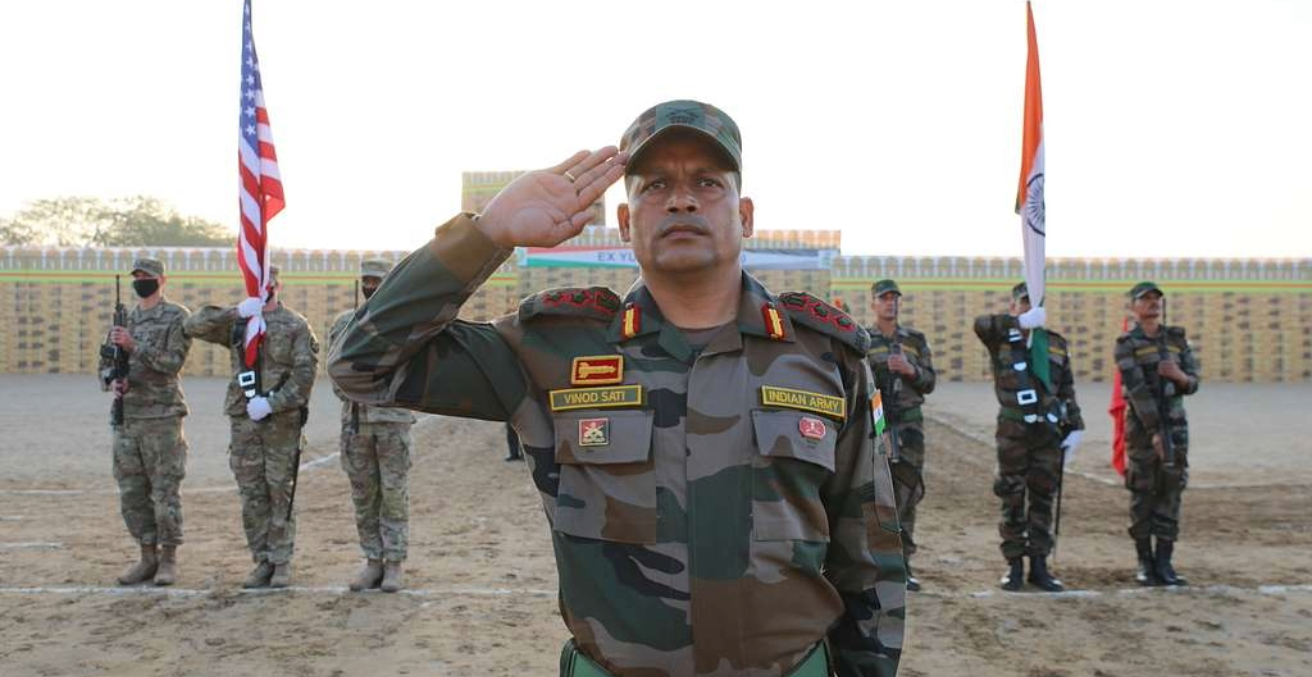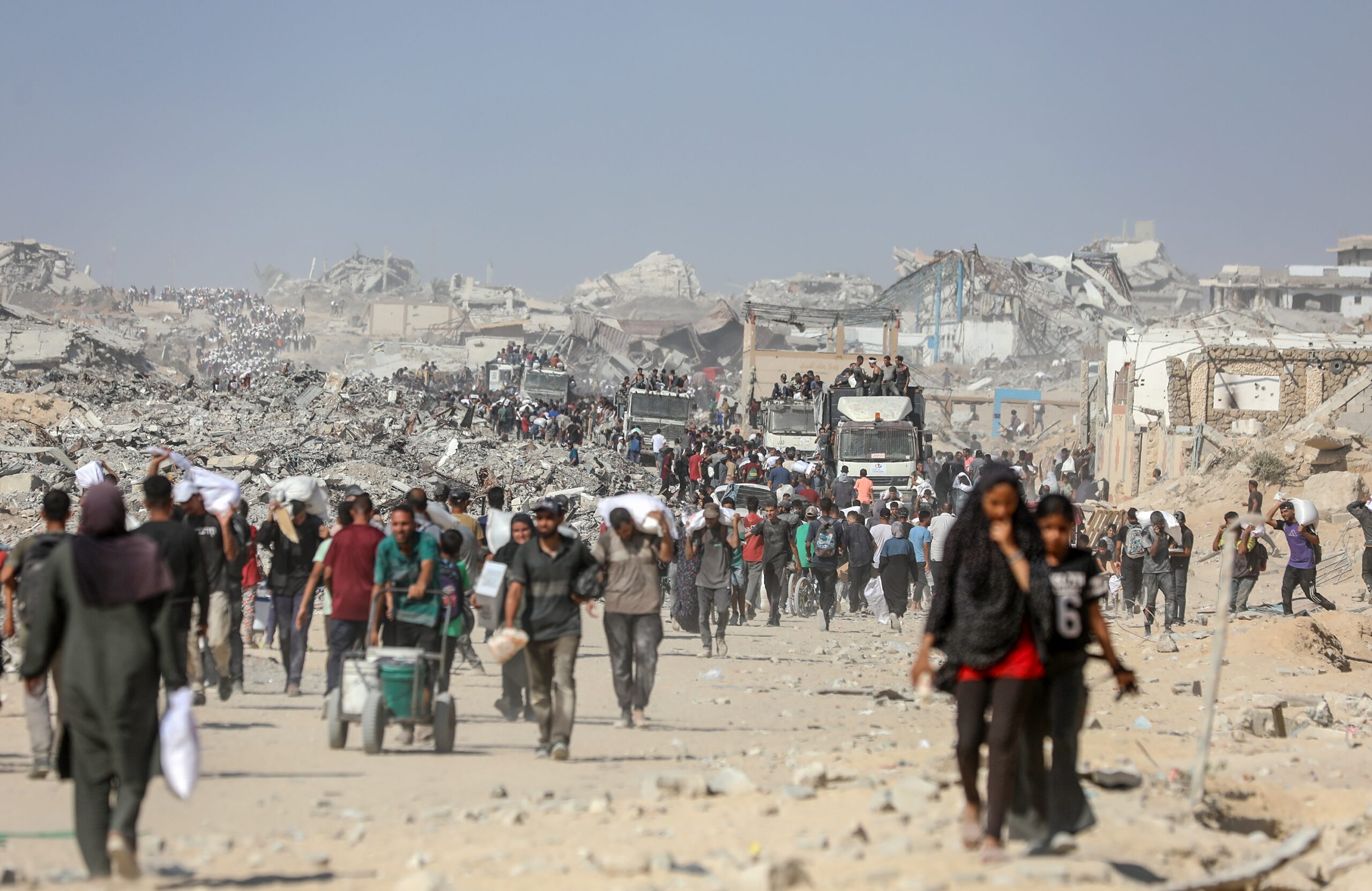Often described as paradise on earth and the “abode of gods,” Kashmir has long stood as a symbol of cultural fusion and peaceful co-existence, characterised by a majority-Muslim population ruled by a Hindu king, embracing a syncretic culture and mixed religious practices. However, the partition of India in 1947 placed Jammu and Kashmir (J&K) in a unique geopolitical dilemma: whether to accede to India or Pakistan.
Pakistan’s impatience saw it occupy one-third of the region, while the rest acceded to India through a legal instrument. Since then, Pakistan has claimed J&K on religious grounds and, as a matter of state policy, provided moral, political, and diplomatic support for what it termed the region’s liberation. However, after not achieving their desired objectives, Pakistan supported a proxy war from 1989 onwards that India labels as cross-border terrorism. The situation led to an escalation of violence, the deterioration of law and order, and economic stagnation in what was once one of India’s most prosperous regions, which is now burdened with an 18.3 percent unemployment rate. Moreover, annual fatalities peaked at 4,011, and despair took root. India accused Pakistan of fuelling terrorism, while Pakistan denied involvement—even after being placed on the Financial Action Task Force grey list.
With no end to the conflict in sight, the Government of India took a critical step on 5 August 2019 and revoked Article 370 of the Indian Constitution, which had granted special status to J&K. This move was interpreted differently as bold, controversial, and, for many, long overdue. Six years later, it is time to assess not only the legality and sentiments surrounding the decision—but more crucially, its outcomes. Has the revocation delivered on promises of integration, development, and security?
Revocation of Article 370
According to Indian constitutional experts, Article 370 was always meant to be a temporary measure, although contested by some. Over time, however, it entrenched a psychological and political divide between J&K and the rest of India. It fostered a dual legal structure and a sense of exceptionalism, often exploited by separatist elements.
By revoking Article 370, the Indian government sought to dismantle this structural barrier and fully integrate J&K—not just territorially, but constitutionally and emotionally. The aim was to move from managing a problem state to empowering a full participant in the Indian Union.
Infrastructure and development
Articles 370 and 35A had long deterred private investment and constrained effective governance. While safeguarding autonomy, these provisions marginalised the region economically. Their revocation brought J&K in line with India’s broader legal and developmental framework.
This opened new vistas for trade, investment and connectivity with other states. Resultantly, the region’s GDP growth, which stood at 4.81 percent between 2011–2019, is projected to reach 11.19 percent in 2024–25. Once marred by underdevelopment and terrorism, the region now boasts improved infrastructure—especially national highways and rail links that better connect it with the rest of India.
A landmark achievement has been the completion of the long-delayed Udhampur–Srinagar–Baramulla railway line, including the world’s highest railway bridge over the Chenab River. Projects like this have opened new avenues for trade and regional pride.
Electrification projects in remote villages like Kundiyan and Patroo have brought electricity to homes for the first time in 75 years. Delayed for decades, these initiatives are now empowering people to launch businesses and create employment. Solar and hydroelectric projects are also fast-tracking development while enhancing sustainability. The expansion of telecommunication infrastructure has been enabling greater digital access and inclusion, especially for the Valley’s youth.
With improved transportation and security, tourism has surged. In 2024, Kashmir welcomed a record 23.5 million domestic and over 65,000 foreign tourists—a tenfold increase from 2019. This has generated income, created jobs, and instilled a renewed sense of pride in local communities. Furthermore, opening of winter sports in Gulmarg and hospitality investments in Pahalgam and Sonamarg have underscored new avenues for revenue generation and local employment.
Governance and transparency
Before 2019, elections were often marred by militant interference or widespread boycotts. Voters were intimidated, and the legitimacy of outcomes was questioned. In contrast, the 2024 elections saw a 58.46 percent turnout—the highest in 35 years—serving as a symbolic referendum on the region’s new status.
In addition, rampant corruption, once endemic in the state administration which had eroded public trust, has also come under serious scrutiny. Post-revocation, the government intensified anti-corruption measures, investigated numerous scams, and enforced accountability. Reforms such as public procurement transparency, land record digitisation, and Right to Information Act enforcement have improved the citizen-government interface.
The introduction of e-governance platforms like Digital J&K has enhanced access to public services, cut red tape, and reduced reliance on middlemen. For the first time, many citizens feel empowered and see the administration as legitimate and responsive.
Challenges remain
Despite these gains, challenges remain. No doubt, fatalities in the region have dropped dramatically—from 4,011 in 2001 to 127 in 2024—but threats still persist. In certain parts of the Kashmir Valley where political alienation is strong, tensions remain high, and these must be addressed promptly to prevent the unrest from spreading. The law and order situation remains fragile, as seen in the tragic April 2025 Pahalgam attack that killed 26 tourists based on religious grounds. Though the cross-border terrorism has been reduced to a large extent, a credible threat remains.
These challenges, however, should be addressed not by reversing revocation, but by deepening democratic engagement and ensuring that Kashmiris are empowered, take pride of the place and become stakeholders in the development of the state.
Conclusion
In sum, revoking Article 370 was not a silver bullet—but it was a necessary step to unlock J&K’s potential. Six years on, the region is more connected, more secure, and more integrated than it has been in decades. It is no longer at the margins but is fast becoming central to India’s developmental and democratic story. The measures promoting development, transparency, and good governance can serve as a template for other conflict-affected regions.
Dr Dalbir Ahlawat is a Senior Lecturer in Security Studies, School of International Studies, Macquarie University, Australia.
This article is published under a Creative Commons License and may be republished with attribution.





